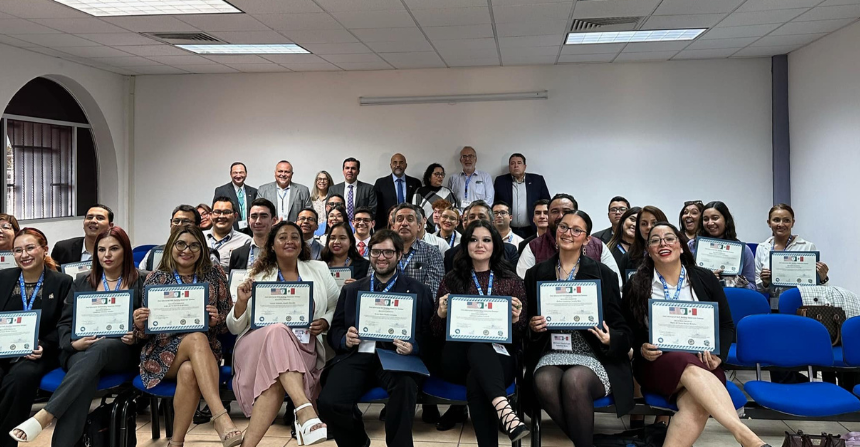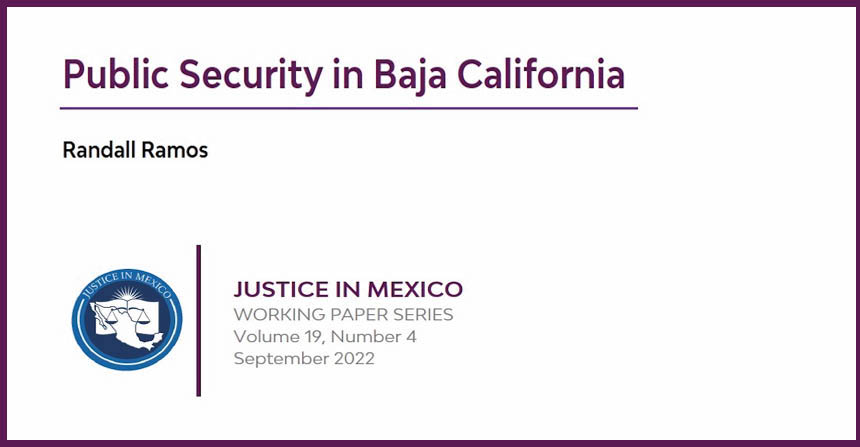
07/18/12 – Authorities on both sides of the U.S.-Mexico border were kept busy last week as they discovered four tunnels–two in Arizona and Sonora, two in California and Tijuana–presumably used for drug trafficking. Although investigations into the tunnels are still ongoing, reports suggest that they most likely belong to the Mexico-based Sinaloa cartel given its expanding control in the northwest border region of Mexico. Indeed, earlier this month a Sinaloa cell operating in Arizona was dismantled and over 20 individuals arrested for connections to the organization. The Sinaloa cartel is also suspected given the sophisticated passageways and quantities of drugs seized during the discovery, which usually point to a powerful organization behind the scene.
According to reports, the first of four tunnels was found on Saturday, July 6, and connected San Luis Rio Colorado, Sonora in Mexico with San Luis, Arizona, the latter city located just over 20 miles southwest of Yuma. This was the only tunnel discovered that was fully operational and thus the most important of last week’s findings. The tunnel, which stood at 755-feet long, six-feet high, and 30-feet underground, was equipped with lights, fans, and a ventilation system, and its walls lined with plywood and reinforced with wooden beams (see picture at right). Officials described the massive passageway as an engineering challenge, and noted the significant amount of time and money needed for its construction. The Drug Enforcement Agency’s (DEA) special agent in charge of the Phoenix division, Doug Coleman, estimated the cost to build at around $1.5 to $2 million (USD), and noted that it likely took over a year to finish. He argued that its sophisticated design would require “someone with some engineering expertise to put something together like this,” and added that it is one of the most impressive tunnels they have ever found. Coleman also noted the extensive methods used by the tunnel’s operators to mask the passageways, referencing that a water tank in a storage room covered the U.S. entrance, a tank that had to be removed with a forklift. In addition, two U.S. Postal Service vans found at the U.S. location led investigators to believe cartel members used them to disguise some of their drug shipments as mailed packages.
The tunnel’s discovery, which was concealed by an old strip mall on the U.S. side and opened up into an ice plant in Mexico, came after authorities were tipped off to its location by a man arrested during a traffic stop who was transporting 39 pounds of methamphetamine on the highway connecting Yuma and San Luis. Authorities estimate the wholesale value of the methamphetamine captured to be nearly $700,000 (USD) and with a street value of five times as much. Thus far, three people were arrested in connection with the San Luis tunnel, one being a U.S. citizen.
Following the discovery of the San Luis tunnel, authorities in Mexico located a passageway over 150-feet long in Tijuana on July 11, which began under a bathroom sink inside a warehouse falsely advertised as a recycling plant. The tunnel was incomplete and did not cross the border into San Diego, though it appeared to be destined for the Otay Mesa area. The next day, the Mexican military found another tunnel originating from a warehouse in Tijuana, this one equipped with a railcar system. More than 40 tons of marijuana were discovered at the tunnel’s entry and the passage extended nearly 400 yards–more than 100 yards into the U.S. territory–although an exit into the United States had not yet been built. Authorities noted the importance of this marijuana seizure, pointing out that it is the biggest discovery in recent years– at least since the 2010 bust that led Mexican officials to a record-breaking 134 tons of marijuana, and even surpassing the more recent December 2011 incident when 32 tons of the drug were seized by U.S. agents inside a San Diego warehouse a few blocks north of the U.S.-Mexico border. (Click here for more information on the 2011 tunnel discovery in San Diego).
The fourth and final tunnel found last week, and the third that was also unfinished, was located by authorities on July 13 in Nogales, Mexico, which borders Nogales, Arizona, during an inspection of a storm drain system. According to U.S. Immigration and Customs Enforcement spokeswoman Amber Cargile, the passageway was only in the beginning stages of construction and had not yet reached into U.S. territory.
The discovery of such tunnels is growing in the U.S.-Mexico border region. Since the 1990s, a total of 156 tunnels have been found, and nearly half of those in the past four years alone. Cartels are widely believed to be using the passageways to smuggle drugs including marijuana, methamphetamine, and heroin.
Sources:
“Captura la DEA a 3 implicados en ‘narcotúnel’ entre Sonora y Arizona.” Milenio. July 12, 2012.
“Hallan nuevo narcotúnel en la frontera de México con EEUU.” Univisión. July 12, 2012.
Associated Press. “4 Drug Tunnels Found Along US-Mexico Border.” NPR. July 13, 2012.





Pingback: Travel In Latin-America In Your Own Vehicle | travel the world deals, world travel guide, holiday travel deals
Pingback: Three suspects arrested after drug tunnel found between San Diego and Tijuana | Justice in Mexico